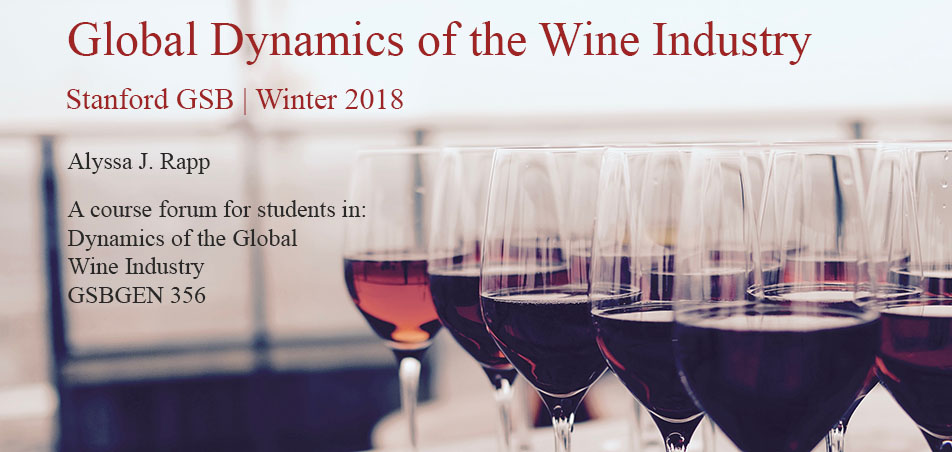With all the aerating paraphernalia out there, I started to wonder if a self-aerating bottle had ever been tried (or if it was possible). After some googling, it appears that a patent was filed in 2015 for one.
In case you don't want to read the full patent document, here are the highlights (and here's the patent document - http://pdfpiw.uspto.gov/.piw?Docid=09067703&homeurl=http%3A%2F%2Fpatft.uspto.gov%2Fnetacgi%2Fnph-Parser%3FSect1%3DPTO1%2526Sect2%3DHITOFF%2526d%3DPALL%2526p%3D1%2526u%3D%25252Fnetahtml%25252FPTO%25252Fsrchnum.htm%2526r%3D1%2526f%3DG%2526l%3D50%2526s1%3D9067703.PN.%2526OS%3DPN%2F9067703%2526RS%3DPN%2F9067703&PageNum=&Rtype=&SectionNum=&idkey=NONE&Input=View+first+page)
The claims for the consumer is essentially that the consumer believes the self-aerating wine bottle to have added value. The claims for the brand is primarily around "brand buzz", and for the maker it's the ability to charge a premium.
I'm interested to know why this hasn't really taken off. My immediate reasoning would be that a self-aerating bottle would only be appreciated by consumers who are sophisticated enough that they would know and appreciate the difference of aeration. These consumers likely are buying higher end wine, and perhaps actually appreciate the ritual of aerating wine manually.
The other end of the wine industry seems to be going faster toward cans than toward self-aerating bottles and the like. The added cost of a self aerating bottle likely wouldn't be worth the price premium, and wouldn't be competitive against the Underwood type canned wines.
Perhaps the self aerating bottle is stuck between these two segments - the high end is too high end for it, and the low end is moving in the other direction.
That being said - there seems to be a strong market for those aerating attachments. This seems to suggest that there is a consumer who likes a quick aeration of their wine (aka, appreciates the difference but isn't concerned with it being very fancy) . Curious to hear people's thoughts on whether they'd pay a small premium for a self-aerating bottle!
Wednesday, February 21, 2018
Honing your nose
In class, we discussed strategies for describing wine aromas and tastes. Alyssa's strategy was simple: "only describe ones with tastes that you've experienced before." Since then, I've still been curious how sommeliers develop the ability to sense exotic berries, cut hay, or even "cat pee". Do they specifically seek out these things in order to taste and smell them? Do they bring all of these things into wine school? (not a rhetorical question – I'd actually love to know if that is the case).
In any case, I recalled this discussion when I stumbled upon companies that actually produce tasting and smelling samples that are often referenced in wine tastings. Wine Aromas is one such company that has several aroma kits, such as one including 54 common wine aromas, one including 54 whiskey aromas, and on that has 12 "wine faults" aromas to help you determine when something is wrong with a wine. Maybe worth checking out for those of us who can't find these aromas elsewhere!
In any case, I recalled this discussion when I stumbled upon companies that actually produce tasting and smelling samples that are often referenced in wine tastings. Wine Aromas is one such company that has several aroma kits, such as one including 54 common wine aromas, one including 54 whiskey aromas, and on that has 12 "wine faults" aromas to help you determine when something is wrong with a wine. Maybe worth checking out for those of us who can't find these aromas elsewhere!
Subscribe to:
Comments (Atom)

